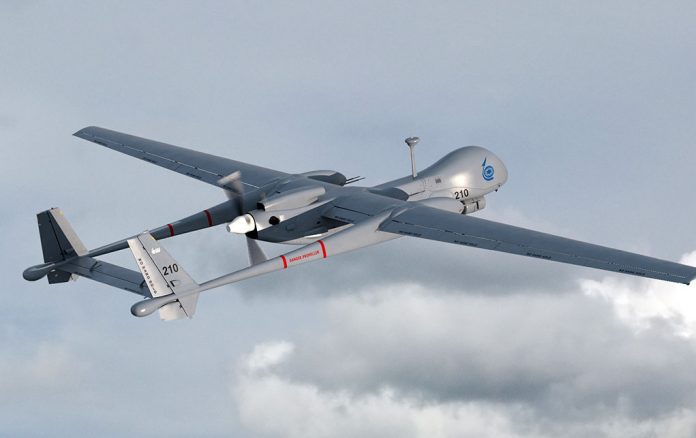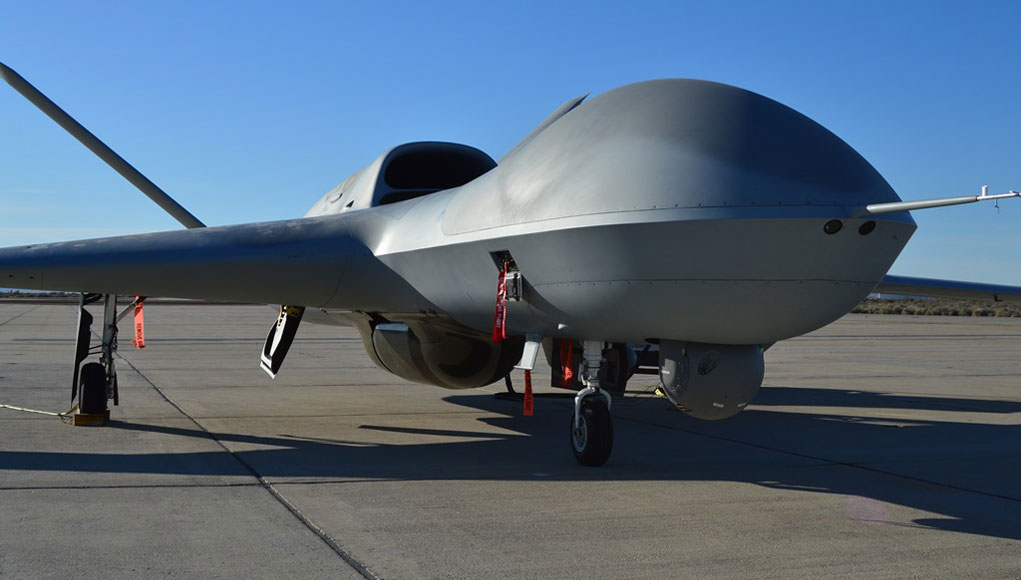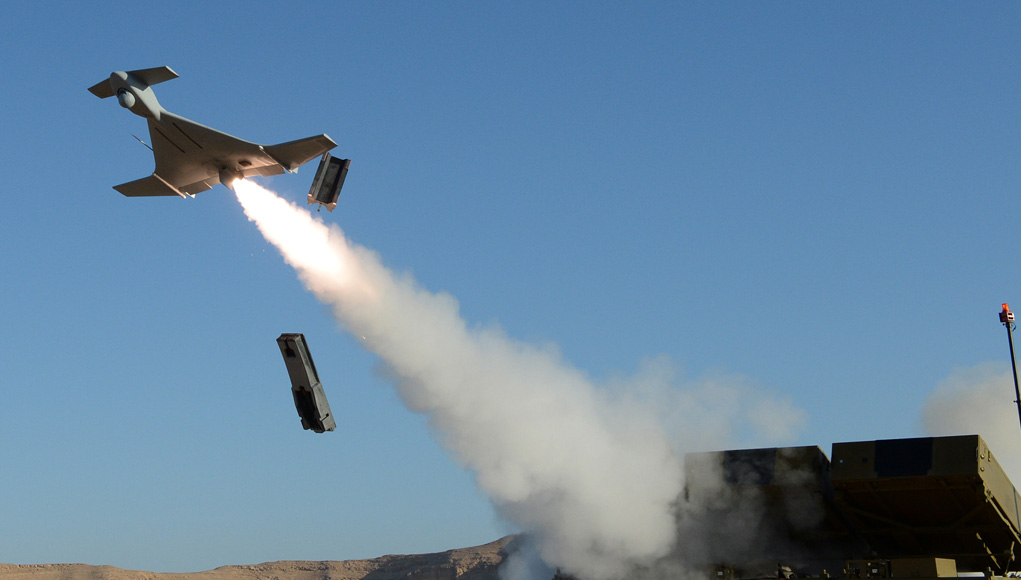
This post continues our discussion on Future Drones
The freedom of action that characterized drone operations in the past decades is diminishing quickly, with the introduction of advanced electronic warfare techniques, communications jamming, and counter-UAV capabilities. The air forces that pioneered the use of UAVs in the 1990s and early 2000s have already experienced adversary exploitation of unprotected datalinks, which lead to failure of combat missions and loss of lives.
Military planners assume the current generation of unmanned systems would be unable to carry out the missions they are now performing in uncontested environments. Therefore, major changes are needed in current UAs, to prepare them for operations in anti-access and area denied (A2/AD) environments. Such changes attribute to three principal areas:
Integration of protected, more robust navigation aids, hardened datalinks, and smarter autopilots would prepare UAS for operation in contested airspace, but it will not make them survivable against anti-access enemy assets such as advanced surface to air missiles (SAM) and hostile fighters.
Drones must transform to be able to survive and function in such high threat environment. They must be stealthy, much more autonomous, and operate either as from standoff range or as expendable or redundant systems. Following are some of the improvements considered to enable future drones to survive and succeed in the A2AD environment:

- Stealth
To survive in denied access airspace, aerial platforms must maintain the lowest radar, thermal and electronic signatures. Unrestricted by life support for human beings, unmanned platforms could be shaped and managed to minimize signatures in all those domains. For example, the semi-stealth drone could maintain minimized signature flight path, to evade detection at long range, Maintaining autonomous mission control would enable limited datalink activity using a low probability of intercept (LPI) communications.
- Survivability
Using electronic countermeasures (ECM) for self-protection, drones can suppress their own signature using relatively low power ECM. Autonomous operation and robust cyber protection could be employed to defeat adversary attacks against the drone’s avionics and mission systems.
- Standoff
In a linear battlespace, the ability to conduct remote sensing would keep drones away from SAM and enemy attack. These same attributes would enable drones to assist operational missions with synthetic aperture radar, maritime surveillance and signal intelligence (SIGINT) gathering while keeping a safe distance from adversary air defenses.
- Expendability
Providing the platforms for future transportation, commercial uses and popular entertainment toys, drone technology is becoming cheaper, and more powerful with platforms, avionics, sensors, processors, and energy sources becoming more powerful and smarter with new algorithms providing sophisticated functionalities. As the cost of technology is reduced, drones will become expendable, thus function as smart and autonomous ‘loitering weapons’ to disrupt or destroy key enemy targets. Such weapons are already operational today, in small numbers, mostly on human-controlled or supervised missions.

More in the ‘Future Autonomous Drones‘ review:
- Step I: Minimizing Dependence on Human Skills
- Step II: Mission Systems’ Automation
- Step III: Higher Autonomy Becoming Affordable
- Step IV: Teams, Squadrons, and Swarms of Bots
More in the ‘Future Drones’ series:
















